Like all years, 2023 held the good and the bad. For me, the scale tipped more toward the bad side, but thankfully, most of that is well behind me. I have much to celebrate today, my 35th wedding anniversary, so let me reminisce.

Photo by Qui Nguyen at unsplash.com
Why a picture of coral? Symbolizing longevity and success, coral represents the 35th anniversary. Neither plant nor rock, coral is animal, an invertebrate that can live for hundreds, even thousands, of years! A sign that these beautiful old fossils and their strong union will last nearly into eternity.
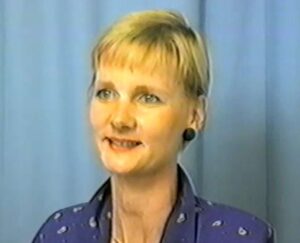
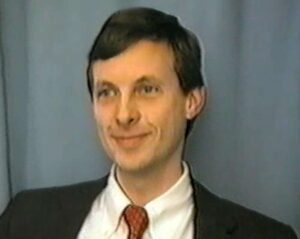
Oops, those aren’t the old fossils but the young cuties in 1987 and 1988, respectively. These are fuzzy stills taken from the video interviews we did at the dating club where we met, then known as American Millionaires International (“AMI”) on West 57th Street in Manhattan. No, we weren’t millionaires or anywhere close, even further from that mark after AMI took a big chunk of our money in membership fees! Worth it, though, right? The people at AMI eventually realized the name was a little off-putting and changed it to “Invitations.”
For those of you in the dating app click-and-swipe generation, here’s how the antiquated system worked in the 80s. I filled out a two-sided, single-page questionnaire with basic info and still photos, what AMI called the “Perfect Match Profile.” I’d go there and leaf through the binders of profiles, find the ones I liked, and ask to see the corresponding videos with scintillating questions like, “What’s your idea of a romantic date?” and “Where do you see yourself in five years?” If I liked a video, AMI would snail mail a postcard to my chosen one, asking him to come in and look at my profile and video. If it’s a “yes” from him, AMI snailed me a postcard with his phone number. It was up to me, the initial chooser, to call the amenable chosen one. If someone chose me first, it would go the other way around. Don’t think I had too many of those.
What a process! Had to be patient in those days.
I’d been in the club for a year and had about eight dates before meeting Kevin. He was new, and I was his first, occasioning his tongue-in-cheek comment that he didn’t get his money’s worth on the exciting dating scene. I told him, “You lucked out big time.” The eight dates I had were painfully awkward. My favorite was the guy who had a fantasy of driving me to the restaurant on the back of his motorcycle. On the phone I said, no way, I’ll meet you outside and we’ll take a cab. He showed up at my building with his motorcycle anyway. On the intercom, I nixed the motorcycle ride again and refused to open the door so he could leave his helmet in my apartment. When we got back from the date, his helmet was no longer dangling from the handlebars.
Six months to the day after our first date at Windows on the World, Kevin proposed—also at Windows on the World. I could guess what was coming as he nervously whispered his practice lines. So could the party of four sitting at the next table. Before Kevin could take out the ring box, one of the men blurted in a Texas accent, loud enough for us to hear, “I think he’s going to propose!” It was a “yes” from me, of course, uttered shyly to Kevin as he put the diamond on my finger, with my back partially turned to that boisterous (drunk?) group.
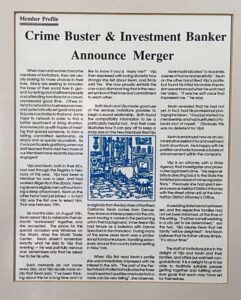
Soon after, we went back to AMI and politely demanded our profiles and videos as keepsakes. When they found out we were engaged, the cry went out, “Engagement here!” Three or four startled singles in the library looked up from the profile books and started clapping. AMI agreed to release our profiles and videos only after shaking us down for a Member Profile Interview to publish in their newsletter. The writer got creative and colorful in exaggerating our respective career titles and “quoting” our remarks about the fabulous AMI system.
And the rest is history.
I owe Kevin, as well as other family members and friends, my gratitude in helping me through my 2023 health setback. Chemo, surgery, and most side effects are now out of the way with complete success, so it’s full speed ahead with good health in the New Year! I had to quit teaching dance for several months, but I’m back now and looking forward to teaching many adult classes in 2024.
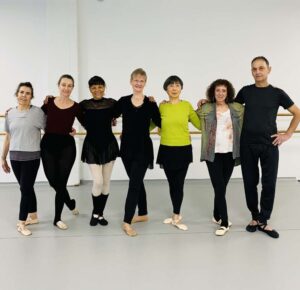
This photo with some of my students at Scarsdale Ballet Studio was taken in February before I went on break. I danced at home during this period to try and keep in shape.

Here is a still from a short piece of choreography I recorded in July, pre-surgery. You can watch it here on YouTube.
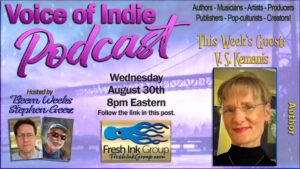
The writing life continues. Had a lot of fun appearing on the Voice of Indie podcast in August. You can hear it here. The two hosts, Beem Weeks and Stephen Geez, are excellent writers with interesting books I recommend.
Didn’t get anything published in 2023 but wrote a few stories and I’m close to finishing a book-length collection of short fiction. Murderous Ink Press will be publishing my story, “A Father’s Duty,” in one of their 2024 anthologies. I’m most excited about my new novel, Indelicate Deception, a character-driven family drama with an element of suspense and social thematic underpinnings. Although one of the characters is a lawyer, the novel is a far departure from my Dana Hargrove suspense novels. I finished the first draft early in the year, polished it, and am sending out queries to literary agents. Wish me luck trying to get this book out to the world sooner than later!
Dear friends, here’s to health, happiness, and peace in 2024 and beyond,
Vija



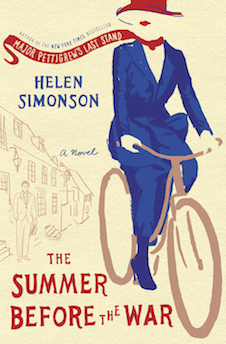
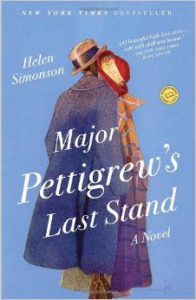
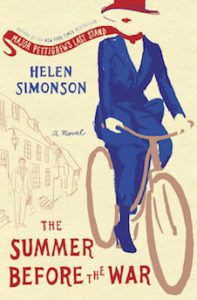
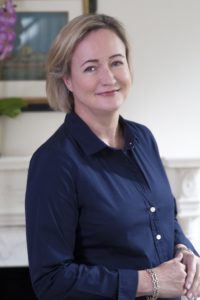



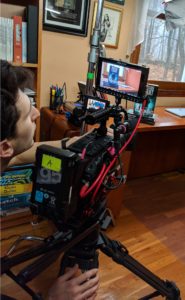

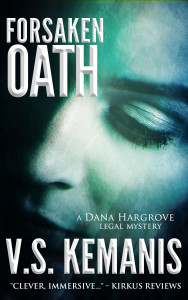 “Kirkus recently reviewed three legal thrillers that focus on resourceful attorneys pursuing justice. In V.S. Kemanis’
“Kirkus recently reviewed three legal thrillers that focus on resourceful attorneys pursuing justice. In V.S. Kemanis’ 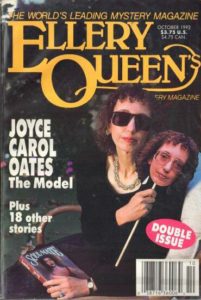
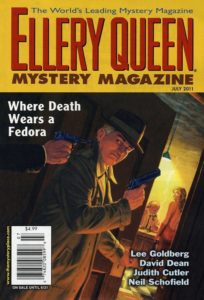 ormer managing editor of EQMM), and award-winning authors
ormer managing editor of EQMM), and award-winning authors  nt their new magazine, there could not have been any question that its outlook would be global. Both men had cosmopolitan tastes and a knowledge of world literature. It has become part of EQMM lore that Dannay, who soon took over the editing of the magazine, aimed to prove, in its pages, that every great writer in history had written at least one story that could be considered a mystery.”
nt their new magazine, there could not have been any question that its outlook would be global. Both men had cosmopolitan tastes and a knowledge of world literature. It has become part of EQMM lore that Dannay, who soon took over the editing of the magazine, aimed to prove, in its pages, that every great writer in history had written at least one story that could be considered a mystery.”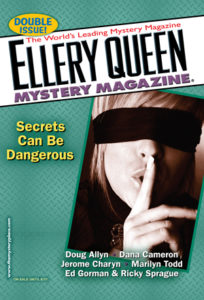 and its e-book anthology,
and its e-book anthology, 